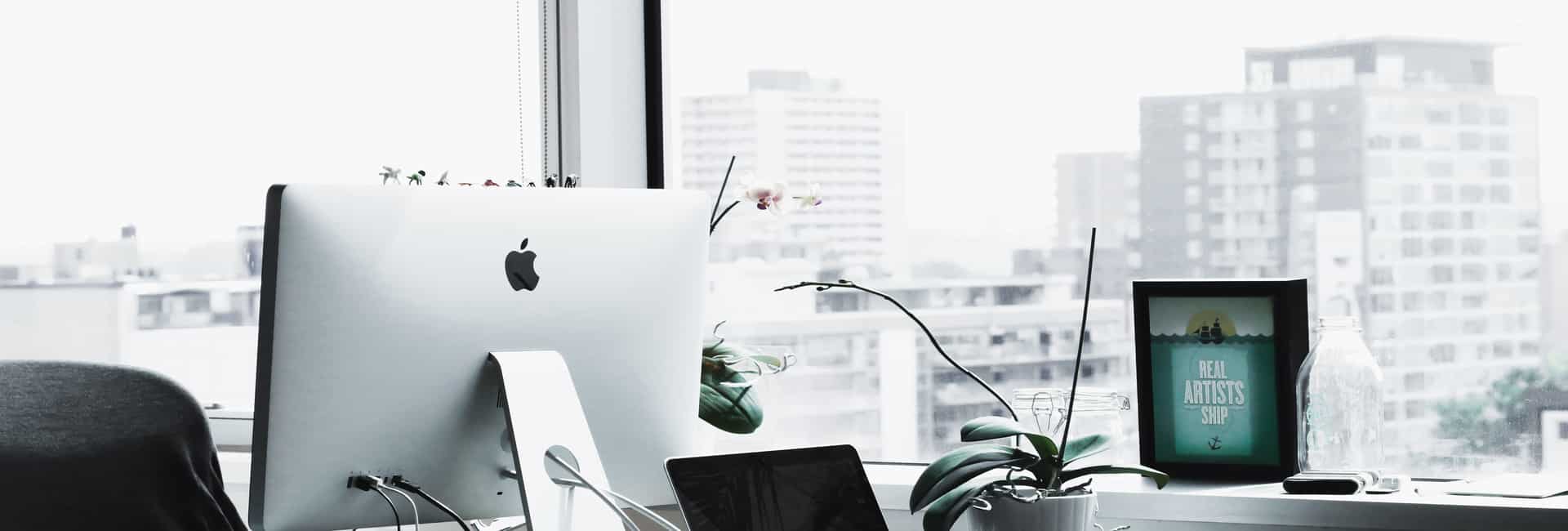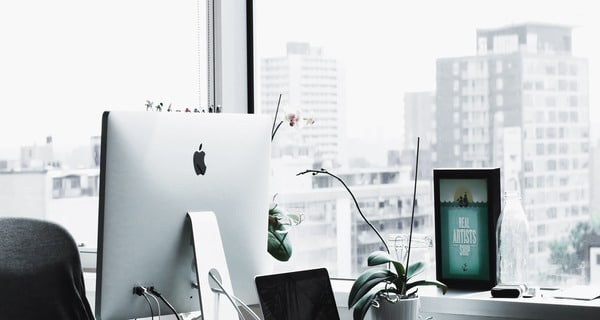
Used under a Creative Commons Licence
What Can Do if Your Art or Photos are Altered?
When artists talk to us about moral rights, it’s rarely abstract, excuse the pun. It’s the mural painted over without warning. The sculpture “tidied up” by a curator. The image edited, recoloured, or shared without credit.
These moments hurt because moral rights aren’t just about property—they’re about authorship, identity, and respect.
At Sharon Givoni Consulting, we help creatives navigate this sensitive intersection between artistic integrity and legal rights. Here’s what every Australian artist, designer, writer, script maker or photographer should know.
What Are Moral Rights?
Under the Copyright Act 1968 (Cth), moral rights belong to every creator of a literary, artistic, musical, or dramatic work. They protect your personal connection to your art and exist independently of copyright ownership.
There are three core moral rights:
- Attribution – the right to be named as the author.
- Against false attribution – the right to stop others crediting the wrong person.
- Integrity – the right to prevent derogatory treatment, including distortion, mutilation or destruction that harms your honour or reputation.
These rights can’t be sold or assigned. However, artists can give written consents for certain uses (e.g., resizing or cropping images for marketing). Every creative professional should understand these before signing any contract or commission brief.
Art on Buildings
Murals and public installations often raise some of the hardest questions.
Section 195AT of the Act says that before a building owner removes or alters a work attached to a building, they must:
- Take reasonable steps to locate the artist.
- Give at least three weeks’ written notice.
- Offer the artist the chance to photograph or remove the work (if possible).
Failing to do this can breach the artist’s right of integrity—even if the owner lawfully owns the wall.
There’s also a broad defence of reasonableness and this applies on a case by case basis.
Destruction Orders: When the Law Meets the Canvas
Australian courts can order the destruction of infringing artworks, but they rarely do.
Courts have a range of options when dealing with alleged copyright infringement. Destruction of materials is one possible outcome, but it is usually considered only after less intrusive measures. In practice, decision-makers tend to look at whether more ordinary steps could address the problem and whether stronger measures would be disproportionate.
In many cases, the issue can be resolved by stopping further use, making adjustments to attribution or labelling to avoid confusion, or agreeing to modify or replace the disputed elements. Sometimes payment of money—whether as compensation or an agreed make-good—may be enough to resolve the dispute. Another option may be the return or “delivery-up” of copies or materials, with destruction ordered only if nothing else would reasonably fix the issue.
Other relevant factors can also come into play, such as the cost and hardship to the artist or defendant, the public interest, or the cultural value of the work. Overall, practical resolutions—like compensation, clearer labelling, or negotiated changes—are generally preferred over destroying creative work. This information is intended for general understanding and does not constitute legal advice.
Graffiti and Street
Street art sits in a legal paradox. Its sometimes unauthorised, yet culturally significant.
In some States, graffiti can even attract a prison sentence, but the creator still holds moral rights in the work.
If councils or property owners remove it without following the notice process, they risk claims if the removal prejudices the artist’s honour or reputation.
The balance, again, is reasonableness.
The landmark 5Pointz case in the United States centred on the destruction of street art at the iconic 5Pointz building in New York. In 2013 the property owner, Jerry Wolkoff, whitewashed the building without warning, erasing decades of internationally renowned graffiti artwork. Twenty-one aerosol artists sued under the Visual Artists Rights Act (VARA), arguing their works were of “recognised stature” deserving protection—even though they did not own the building. After years of litigation, the federal court sided with the artists, finding Wolkoff’s actions were wilful and awarding the maximum statutory damages of AU$6.75 million.
The decision marked the first time graffiti artists successfully claimed moral rights under US federal law, setting a precedent for the protection of street art as visual art. The judgment was upheld on appeal and the US Supreme Court declined to overturn it, cementing the verdict. This case has had lasting impact, demonstrating that public art, even when placed on private property, can carry legal protection for artists, changing the landscape for both building owners and creators in the realm of contemporary art.
For further details, you can read the full legal case review “Castillo et al. v. G&M Realty L.P.” regarding 5Pointz at: https://itsartlaw.org/case-review/case-review-of-the-5pointz-appeal-castillo-et-al-v-gm-realty-l-p-2020/.

This artwork is reproduced with the permission of the artist, Esteban del Valle. The mural was originally created for the iconic 5Pointz art centre located in Long Island City, New York, known globally as a hub for graffiti and street art. Esteban del Valle’s work at 5Pointz showcases his signature vibrant, narrative style, addressing complex social themes. For more information on the artist and his portfolio, visit his official website: [https://www.estebandelvalle.com]
What To Do If Your Work Is Altered, Removed or Miscredited
- Gather evidence – photos, emails, contracts, timelines.
- Notify the party in writing – assert your moral rights politely but clearly.
- Seek a fix first – attribution, apology, reinstatement, or compensation.
- Use mediation – faster, cheaper, and more creative than litigation.
- Call a specialist – moral-rights law blends copyright, property and emotion; nuanced advice saves relationships and reputations.
At Sharon Givoni Consulting, we help both sides—artists and property owners—find solutions that protect integrity and practicality. Our aim is preservation, not punishment.
FAQ
What are moral rights in Australia?
They include the right of attribution, protection from false attribution, and the right of integrity against derogatory treatment or destruction.
Can a building owner remove my mural?
Yes, but they must take reasonable steps to contact you and give at least three weeks’ notice (s 195AT).
Can destruction of art ever be lawful?
Sometimes—if it’s reasonable, required by law, or safety demands it. But the owner must still act respectfully and give notice.
What remedies exist for breach?
Apologies, attribution corrections, damages, injunctions, and negotiated outcomes such as licensing or reinstatement.
How can I protect my moral rights?
Keep written records, include moral-rights clauses in contracts (which we can draft), and seek advice before consenting to alterations.
How We Can Help
If your artwork has been altered, destroyed or used without credit, don’t stay silent.
Contact Sharon Givoni Consulting
We translate the law into practical steps that restore recognition—and peace of mind.
Further Reading:
Court Upholds Massive Judgment for 5Pointz Graffiti Artists | Courthouse News Service
Please note the above article is general in nature and does not constitute legal advice.
Please email us info@iplegal.com.au if you need legal advice about your brand or another legal matter in this area generally.


